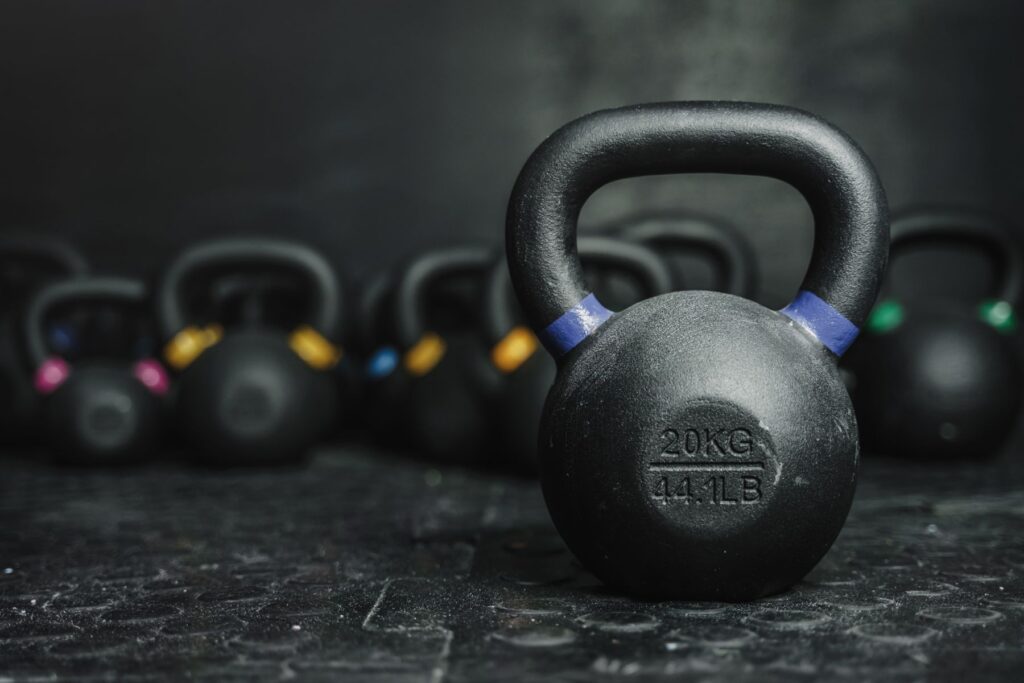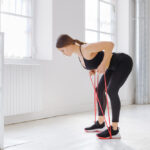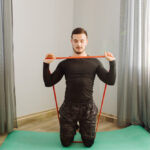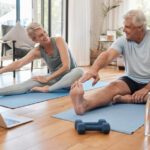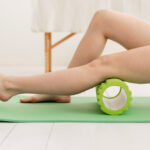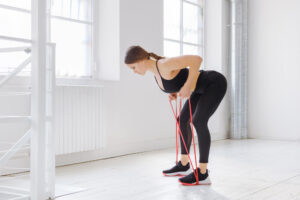The Russian kettlebell swing is a dynamic exercise that engages multiple muscle groups, primarily targeting the hamstrings, glutes, and core. It is renowned for its efficiency in building strength, enhancing cardiovascular fitness, and improving endurance. However, the effectiveness of this exercise greatly depends on proper technique. Mastering the correct form not only maximizes the benefits but also minimizes the risk of injury, making it essential for anyone looking to incorporate kettlebell swings into their fitness routine.
Preparation
- Pre-workout warm-up: Before starting the kettlebell swings, it’s important to perform a thorough warm-up to prepare your muscles and joints. A good warm-up might include dynamic stretches focusing on the legs, hips, and shoulders, as well as some light cardiovascular exercises like jogging or jumping jacks to raise your heart rate.
- Setting up your space: Ensure you have a clear, flat space to work out. The surface should be stable and non-slip to safely perform swings. Adequate room is necessary as the kettlebell will be swung in front and behind you. Remove any potential hazards from your swinging path to avoid accidents.
How to do a Russian kettlebell swing?
- Starting position: Begin with your feet shoulder-width apart, toes pointed slightly outward. Grip the kettlebell with both hands, palms facing you. Bend your knees slightly and hinge at your hips to hold the kettlebell between your legs.
- The swing phase: Drive through your heels to push your hips forward and swing the kettlebell upward. The motion should come from your hips, not your arms. The kettlebell should ascend to about chest height. Keep your arms straight and your core engaged throughout the movement.
- The movement arc: As the kettlebell reaches the apex of its swing, your body should be in a standing plank position, with your hips and knees fully extended, and your body aligned from head to heels. Allow the kettlebell to begin its descent, controlled by gravity, and guide it back to the starting position between your legs, ready for the next swing.
- Breathing technique: Proper breathing is integral to performing kettlebell swings effectively. Inhale as you hinge at the hips and lower the kettlebell, and exhale sharply as you drive your hips forward to swing the kettlebell up. This breathing pattern helps maintain a tight core and stabilizes your spine throughout the exercise.
If you want to get a complete kettlebell workout tailored to your fitness level, make sure to contact our personal trainer in Sanford.
Expand on your knowledge of exercises targeting legs and core strength, learn the essential kettlebell lunge variations.
Common mistakes with the Russian kettlebell swing
- Lifting with the back: A common error is using the back muscles to lift the kettlebell instead of driving the movement with the hips. This can lead to lower back strain. Focus on hinging at the hips with a strong torso and using your lower body to power the swing.
- Incorrect hand position: Holding the kettlebell too tightly or positioning the hands incorrectly on the handle can lead to fatigue and loss of control. Your grip should be firm but relaxed, and the hands should be positioned evenly on the handle.
- Not using hip drive: The essence of the kettlebell swing is the explosive hip drive. Some beginners tend to lift with their arms, reducing the effectiveness of the exercise and increasing the risk of injury. Ensure that you are thrusting your hips forward powerfully, using the momentum to swing the kettlebell.
Final thoughts
This exercise requires attention to form, an understanding of the mechanics, and a commitment to practice. By focusing on the correct technique—using the hips to drive the movement, maintaining a strong core, and ensuring proper hand and foot positioning—you can maximize the benefits while minimizing the risk of injury.
As you progress, you can increase the weight of the kettlebell or incorporate variations to challenge different muscle groups and keep your workouts engaging. Remember, consistency is key. Regular practice will not only improve your technique but also contribute to better overall fitness and health.

